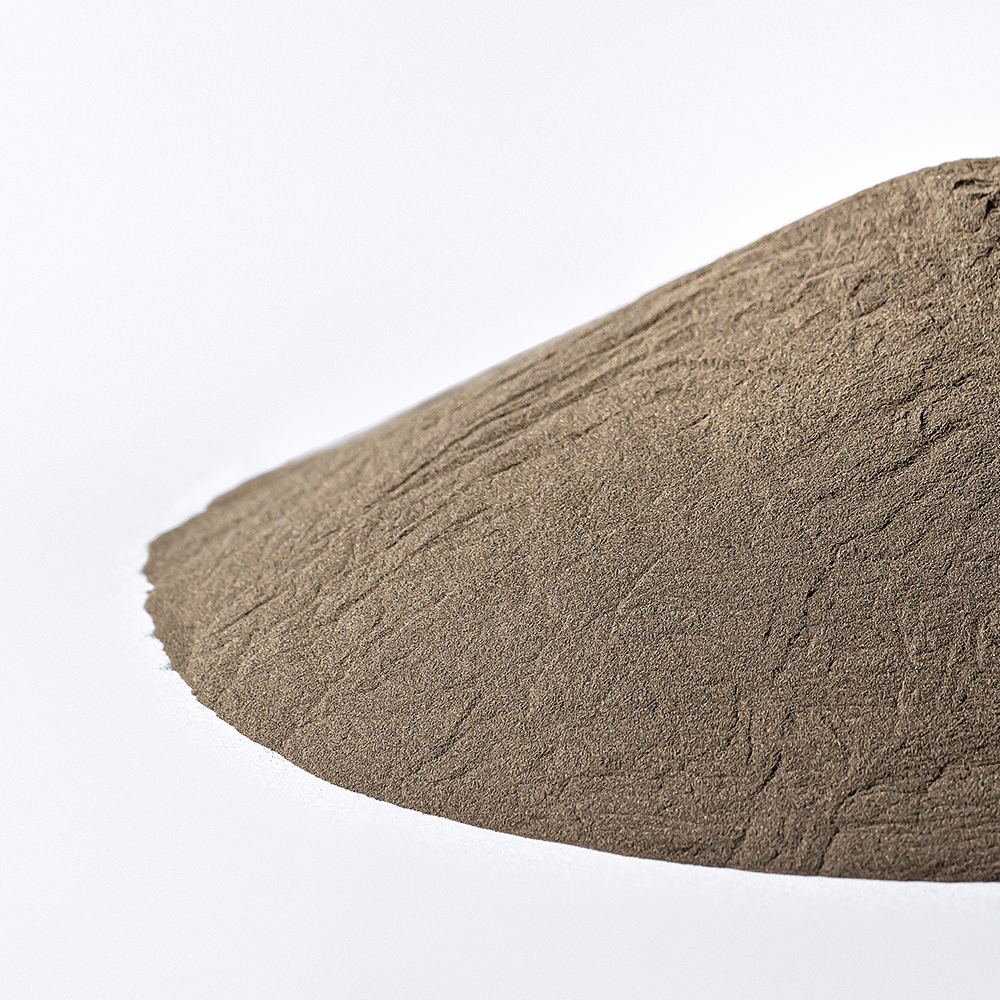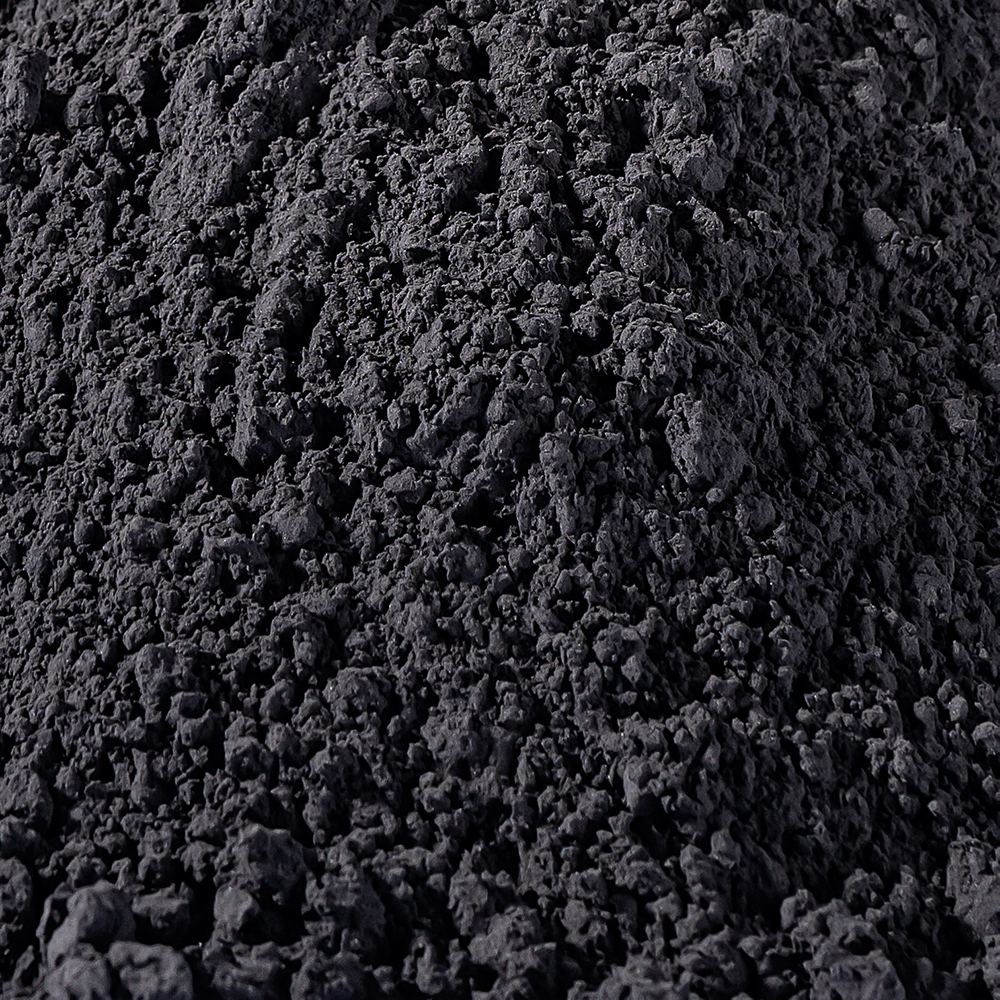
Does Copper Tin Alloy Powder Provide Better Conductivity in Electronic Components?
In the world of electronic components, conductivity plays a critical role in ensuring efficient performance and durability. While pure metals like copper and silver are widely known for their superior conductivity, copper-tin alloy powder is emerging as a versatile alternative. This alloy combines the strengths of copper’s high conductivity with tin’s corrosion resistance, creating a material ideal for various applications in electronics. Jinchun, a leading metal powder manufacturer, explores the benefits, conductivity properties, and potential applications of copper-tin alloy powder in this detailed article.
What is Copper-Tin Alloy Powder?
Copper-tin alloy powder is a finely powdered material composed of copper (Cu) and tin (Sn) in varying ratios. This alloy is commonly used in the production of bronze components, but its powdered form has gained traction in advanced manufacturing processes, such as powder metallurgy, Impresión 3D, and electronic applications.
Conductivity of Copper-Tin Alloy Powder
1. How Conductive is Copper-Tin Alloy?
Copper is one of the most conductive materials available, with a conductivity rating of approximately 100% IACS (International Annealed Copper Standard). Adding tin to copper slightly reduces conductivity due to alloying effects, but it enhances other properties like corrosion resistance, wear resistance, and mechanical strength.
Copper-tin alloy powder typically offers conductivity ranging from 20% to 50% IACS, depending on the composition. While not as conductive as pure copper, this level of conductivity is sufficient for many electronic applications where additional material benefits are required.
2. Factors Affecting Conductivity
- Tin Content: Higher tin content reduces overall conductivity but improves durability and corrosion resistance.
- Particle Size: Finer powders often provide better uniformity in electrical pathways, optimising conductivity.
- Processing Techniques: Methods like sintering and compaction can influence the final conductivity of components made from copper-tin alloy powder.
Advantages of Copper-Tin Alloy Powder in Electronics
1. Improved Corrosion Resistance
The addition of tin enhances resistance to oxidation and corrosion, making copper-tin alloy powder ideal for components exposed to harsh environments.
2. Enhanced Durability
Copper-tin alloys are tougher than pure copper, ensuring components last longer under mechanical and thermal stress.
3. Cost-Effectiveness
While pure copper is costly, copper-tin alloy powder offers a more affordable alternative for applications where ultra-high conductivity is not required.
4. Solderability
The presence of tin improves the solderability of components, an essential feature in electronic assembly.
5. Versatility in Applications
Copper-tin alloy powder is compatible with various manufacturing techniques, including powder metallurgy and additive manufacturing, enabling the production of complex and custom electronic components.
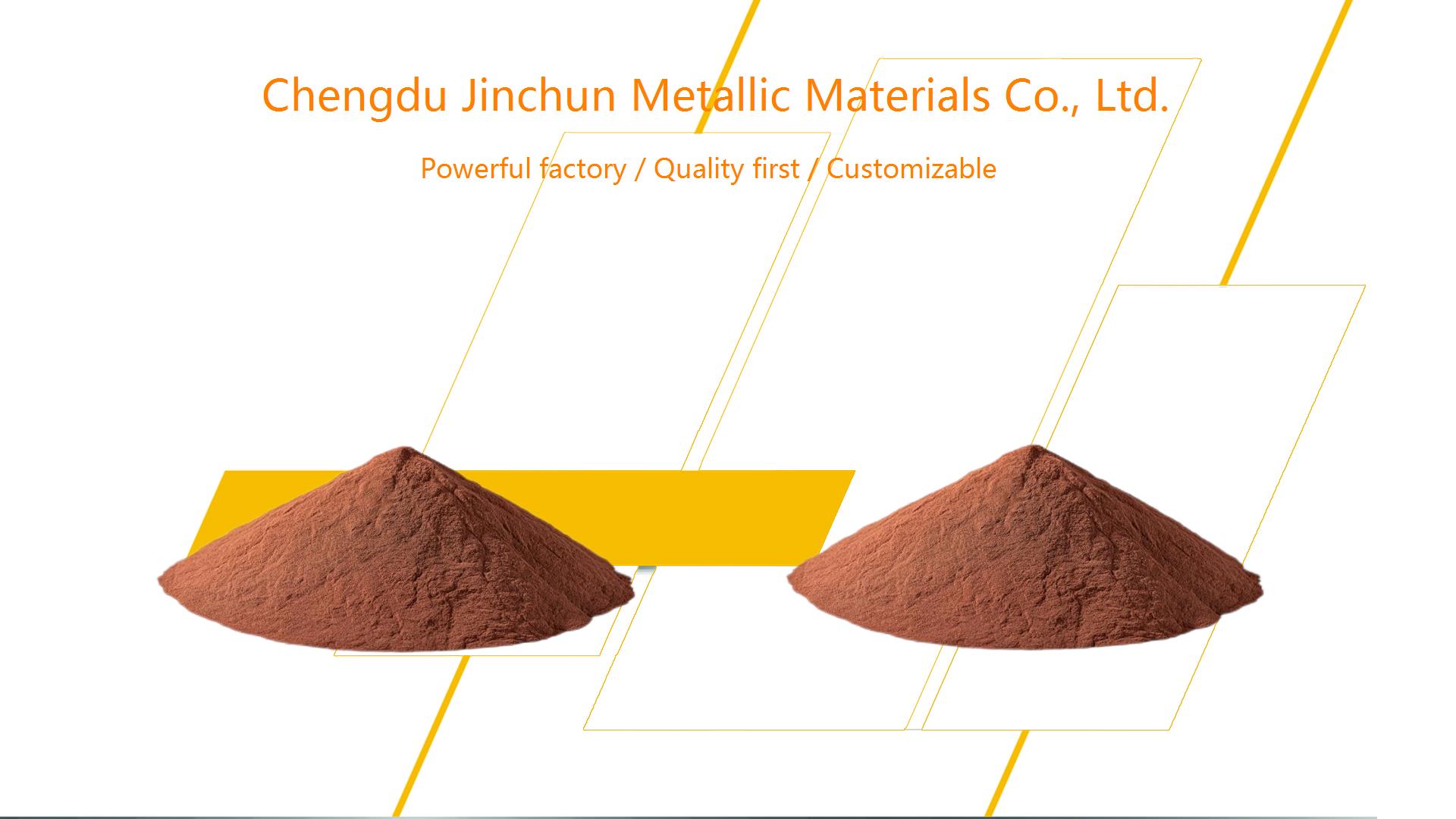
Applications of Copper-Tin Alloy Powder in Electronics
1. Electrical Contacts and Connectors
The alloy’s combination of conductivity, strength, and corrosion resistance makes it suitable for electrical connectors and contacts used in demanding environments.
2. Printed Circuit Boards (PCBs)
Copper-tin alloy powder can be used as a conductive material in PCBs, offering an affordable alternative to pure copper traces.
3. Heat Sinks
The alloy’s thermal conductivity, while lower than pure copper, is adequate for heat dissipation in electronic devices.
4. Sensors and Actuators
Its ability to withstand wear and tear makes it a reliable choice for components in sensors and actuators.
5. 3D Printed Electronic Components
Copper-tin alloy powder is increasingly used in additive manufacturing to create intricate, conductive components with customised properties.
Comparison: Copper-Tin Alloy Powder vs. Pure Copper Powder
| Property | Copper-Tin Alloy Powder | Pure Copper Powder |
|---|---|---|
| Conductivity | 20%–50% IACS | ~100% IACS |
| Corrosion Resistance | High | Moderate |
| Durability | Excellent | Lower |
| Cost | More Affordable | Expensive |
| Solderability | Excellent | Good |
| Applications | Versatile (sensors, PCBs, etc.) | Best for ultra-high conductivity needs |
Why Choose Jinchun for Copper-Tin Alloy Powder?
Jinchun is a trusted name in the metal powder manufacturing industry, delivering high-quality materials tailored to advanced applications. Here’s why we stand out:
1. Superior Quality Standards
Our copper-tin alloy powders are manufactured to precise specifications, ensuring consistency and performance.
2. Customisable Compositions
We offer a variety of alloy ratios to meet the unique requirements of your application.
3. Advanced Production Techniques
Jinchun utilises cutting-edge processes like atomisation and reduction to produce fine, uniform powders.
4. Comprehensive Support
Our team of experts provides technical guidance to help you optimise material selection and processing.
5. Sustainability Focus
We are committed to environmentally friendly practices, ensuring our products meet global sustainability standards.
FAQs About Copper-Tin Alloy Powder
1. Can copper-tin alloy powder replace pure copper in all applications?
No, it is best suited for applications where high durability, corrosion resistance, and moderate conductivity are needed. For ultra-high conductivity, pure copper remains the preferred choice.
2. What is the ideal copper-to-tin ratio for electronic components?
The ratio depends on the specific application, but common compositions range from 90:10 (copper:tin) to 80:20.
3. Is copper-tin alloy powder suitable for additive manufacturing?
Yes, it is increasingly used in Impresión 3D for creating conductive components with complex geometries.
4. How does Jinchun ensure the quality of its metal powders?
We employ stringent quality control measures, including particle size analysis, purity testing, and compositional verification, to ensure consistency and performance.
Conclusión
Copper-tin alloy powder is a versatile and cost-effective material that balances good conductivity with excellent durability and corrosion resistance. While it may not match the conductivity of pure copper, its unique properties make it an excellent choice for various electronic applications.
At Jinchun, we take pride in offering high-quality copper-tin alloy powders that meet the demands of modern electronics. Contact us today to learn more about our products and how they can enhance your manufacturing processes.
Keywords: copper-tin alloy powder, Jinchun, metal powder manufacturer, conductivity in electronics, alloy powder for PCBs, durable electronic components, advanced manufacturing materials.

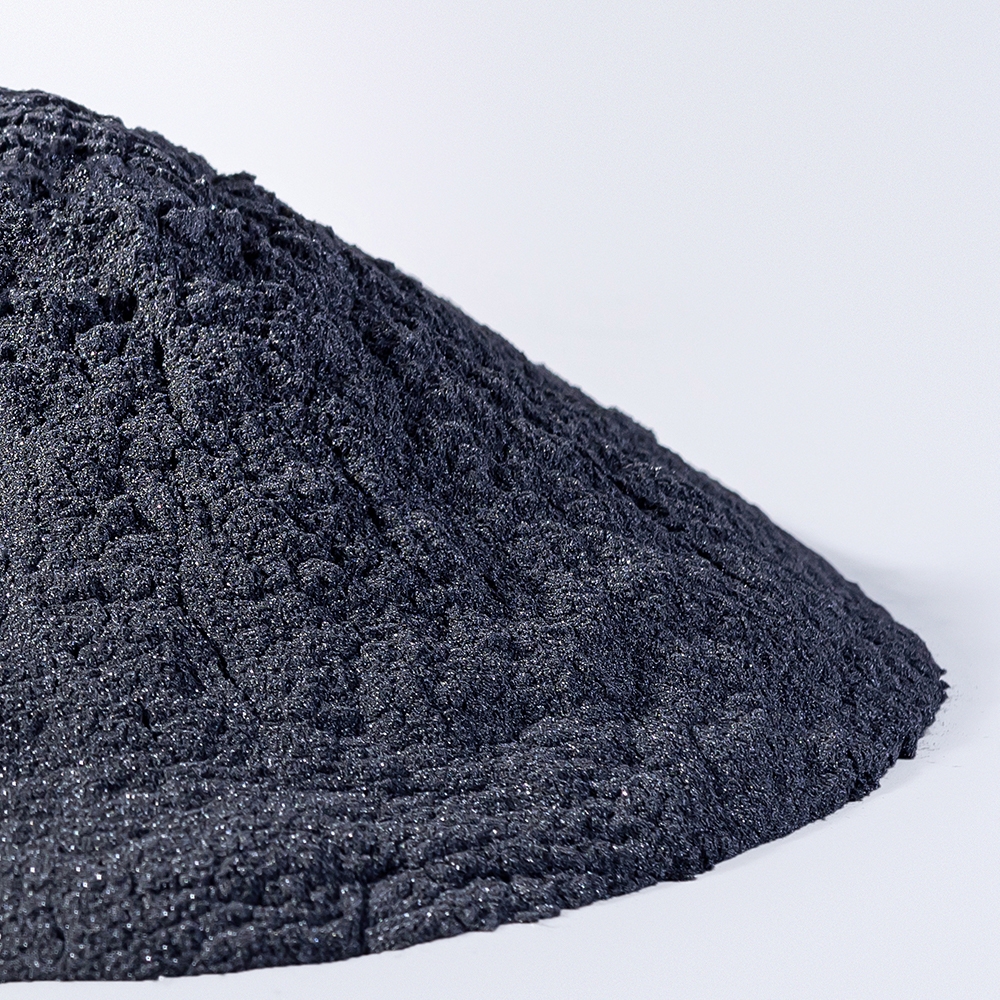
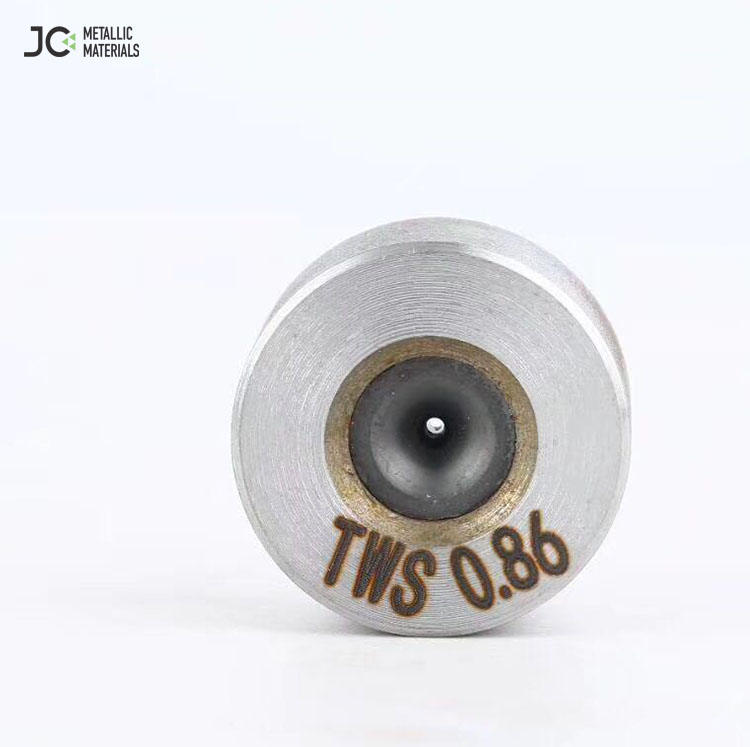
_6258副本-2.jpg)
